
Defined Design: A Hat in Time's Perfect Blend of Presentation & Gameplay - Article
by Paul Broussard , posted on 04 September 2020 / 3,649 ViewsFor many of us, 2020 hasn’t exactly been a stellar year. Between a global pandemic, protests, and more, things to feel good about have often been few and far between. In that vein, it is perhaps worth taking the time to look back on one of the happier games in recent memory: A Hat in Time. Gears for Breakfast’s charming little title, originally meant to invoke the spirit of late fifth/early sixth gen 3D platformers like Super Mario Sunshine, quickly attracted a cult following all of its own, with solid platforming, some creative level design, and unique bosses. Yet where A Hat in Time really sets itself apart is in the way it presents itself to the player, and it serves as a testament that a game can be far more than the sum of its parts if it can nail its first impressions.

On the surface, A Hat in Time might not seem like a particularly extraordinary game. And, indeed, if you boil it down its gameplay mechanics to their simplest level, it might not be unreasonable to call it fairly standard for 3D platformers. The protagonist, Hat Kid, has access to a double jump, a mid-air dive, a wall jump, and some abilities depending on what hat she equips; pretty routine by 3D platforming standards. While it’s all competent and it certainly functions quite nicely, there’s nothing that particularly stands out. But A Hat in Time isn’t selling itself on the depth or complexity of its mechanics. At some level, it might not even be incorrect to say that A Hat in Time isn’t even selling itself on its core gameplay, which sounds counterintuitive for a video game. No, A Hat in Time hedges its bets not on the tools it places at the player’s disposal, but rather the settings and environments the player gets to use them in. Its core gameplay mechanics may be standard, but the how and where you’ll be operating those mechanics are anything but.
And this is where one of A Hat in Time’s greatest assets really comes into focus: how utterly unique and engaging its level design is. One level features Hat Kid having to help overthrow a local mafia crew. Another has her taking on the role of a detective and solving a murder on a train, Paper Mario style. Still another sees her having to flee from an angry cat mobster after being caught stealing. You never quite know what’s around the corner in A Hat in Time, and its sheer uniqueness on this front makes it worth playing alone. Its cast of wacky characters, surprisingly well written dialogue, and abundance of humorous moments adds to the experience, culminating in one of the most charming titles in recent memory.

By itself, this might make for some entertaining spectacle and nothing more. Many other platformers might often seek to surprise players with the theme of a world or how an environment looks, but A Hat in Time excels at taking these aspects and fluidly combining them with its gameplay. I would contend this is the second of its greatest assets; not only is A Hat in Time’s presentation and level variety top notch, but it also makes sure to have them consistently inform its gameplay.
One of my personal favorite levels in the game is The Big Parade. It’s a simple concept, in theory: Hat Kid is asked to lead a parade as part of a movie filming competition. If other platformers did this, they might have the player engage in a typical platforming experience with some parade themed wallpaper surrounding it. Hat in Time doesn’t just settle for that though. Instead, it incorporates this idea into the gameplay for the level, putting the “parade” as band members following Hat Kid constantly. The band members will damage Hat Kid if she touches them, meaning that players have to constantly be on the move and avoid doubling back. Additional objectives get added along the way to increase the challenge as time progresses, forcing the player to be quick while avoiding obstacles and the band members behind them. It all adds into making a level that is unique because its presentation and its story inform gameplay directly. And it does all this despite Hat Kid’s core gameplay mechanics remaining relatively standard; her standard double jump/dive/hat abilities kit doesn’t change.

There are so many levels in A Hat in Time that embrace this philosophy; taking a simple kit of tools and designing unique levels to make the most of them. A level based around an exploding train turns its gameplay into a timed escape sequence featuring a hookshot ability. Another level involving a particularly hot environment forces the player to make use of pools of water consistently so as to not overheat, creating a challenge forcing the player to remember the layout of the region and carefully plan out routes around it. Yet another places Hat Kid in an underground network of subways, and so revolves around being able to platform across moving subway trains... which are being pulled by giant cats, of course. Seemingly every level in the game buys into this concept of taking whatever wacky level theme exists and finding some way to reflect it in the gameplay
What makes A Hat in Time truly great is how far it pushes its relatively standard core gameplay based on its presentation. The game relishes throwing you in crazy, over the top situations, and then consistently finds ways to make the gameplay feel unique that tie into those situations. Basically everything you could feasibly do with Hat Kid’s toolkit is done at some point, and for the most part it feels incredibly natural, as if it always belonged. There are some areas where the game does seem to stretch itself too far, including one rather awkward stealth segment involving a haunted house. Beyond that, however, the sheer creativity on display in coming up with ideas for level themes and then making unique concepts for the gameplay to coincide with those themes is incredible.

Perhaps this is the most applicable lesson that can be taken away from A Hat in Time. Quite a few games create very interesting settings or themes for levels, but their gameplay never evolves or changes in any way to fit those settings or themes. It feels like the player might as well just be back in a stereotypical location, doing what they’ve always done. A Hat in Time, conversely, shows just how much a game can be elevated by letting its presentation inform gameplay. Moving forward, it would be wonderful to see more developers embrace this philosophy, and allow for a greater marriage of presentation and gameplay design.
More Articles
Loved this game. Very underrated.
Needs a fix for the stuttering. I can't get this game to be fluid, at any graphical setting. 5700xt / 3700x / 32gb
I had a great time with it, felt like what Mario Sunshine should have been. It's odd the way they handle things though, everyone asks for the game on Switch, and they basically laugh at those saying its not possible. They finally bring it to the Switch with tall he dlcs., but wont give the dlc to PS4 owners that bought the game. I read in February they were finally working on the dlc for PS4/Xbox1, but I haven't seen it so far.
When you say the gameplay is very standard and basic, and looking the presentation and other seem very basic as well, I guess the perfect blend is because they are both subpar =p








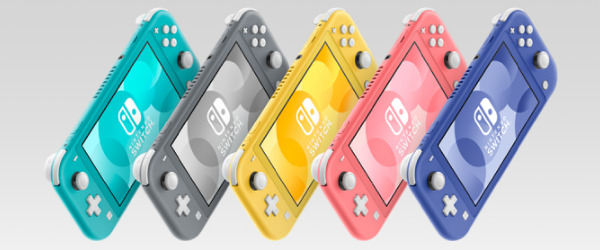
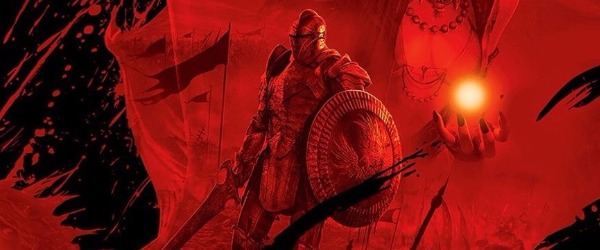
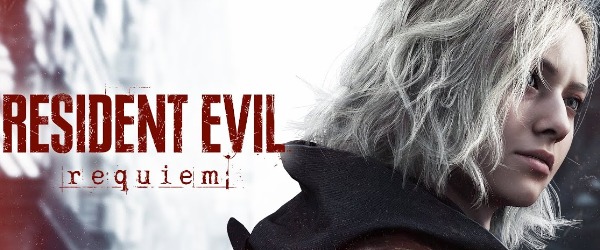











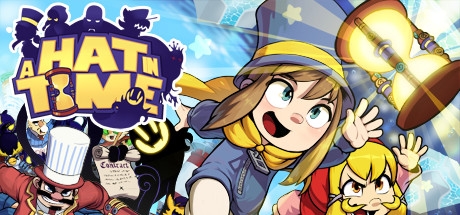

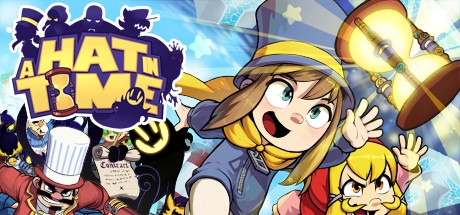

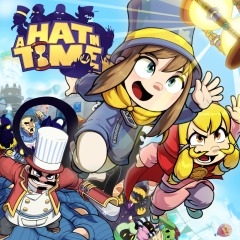

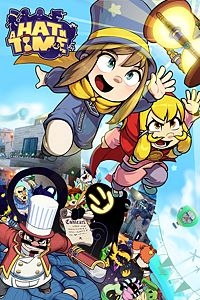

 Essay Pro
Essay Pro